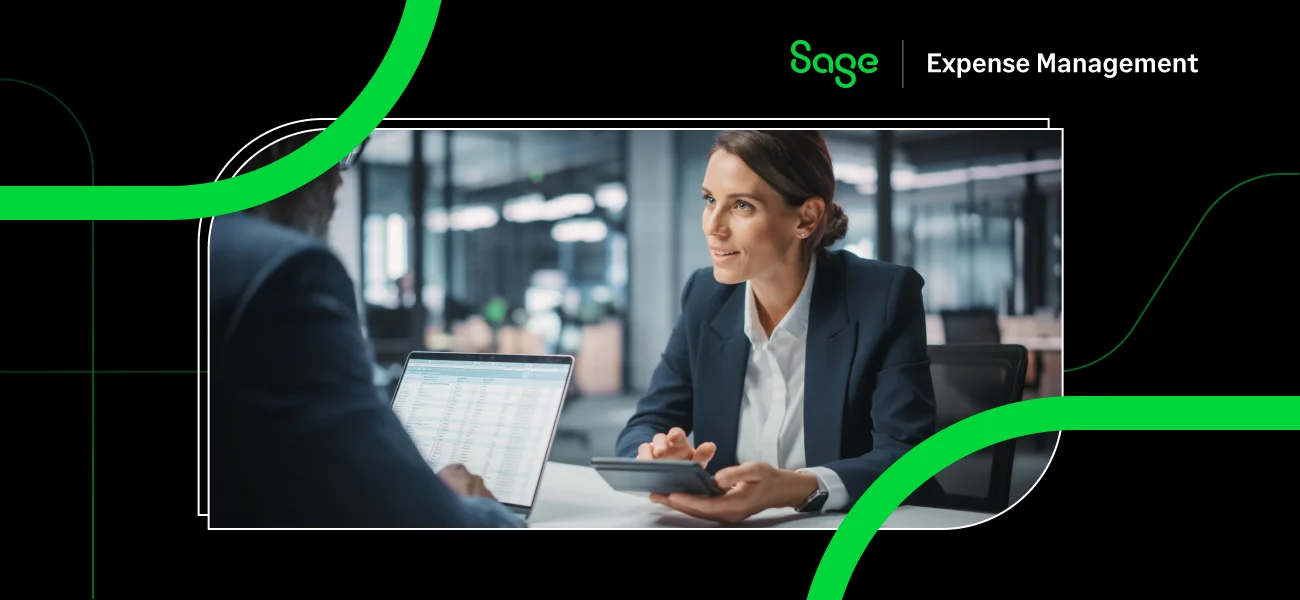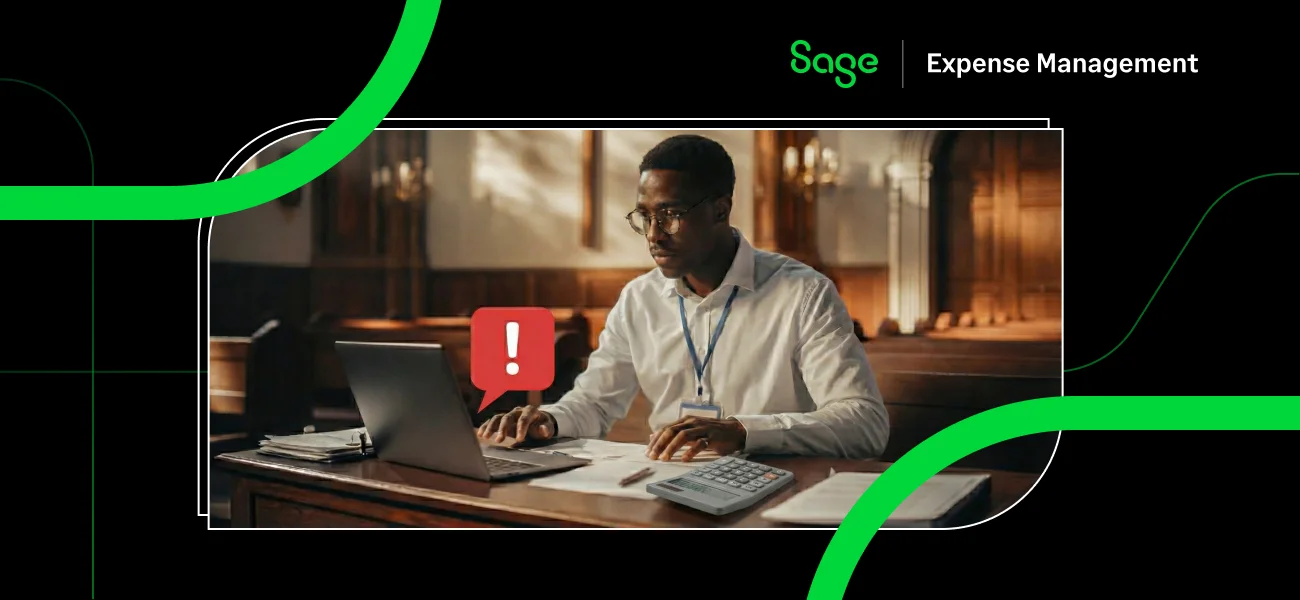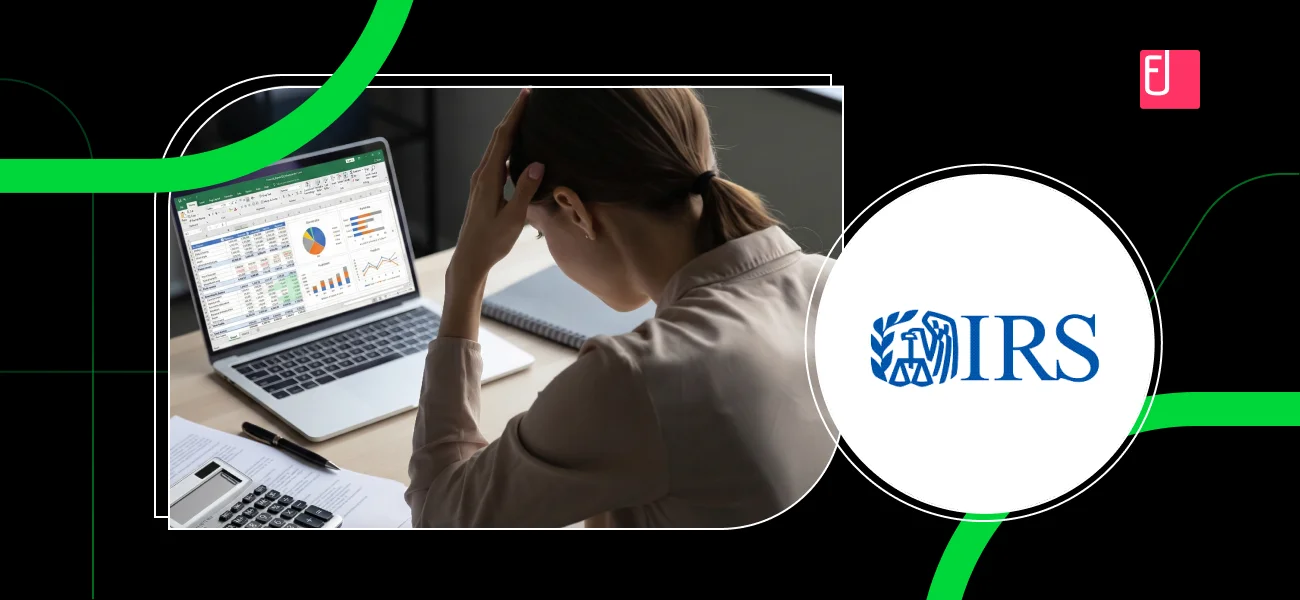It's not uncommon to see a business having a set expense approval process in place to make sure everything is as per the guidelines. Businesses sometimes resort to tools like ERPs and accounting softwares to help ease out the process.
But these solutions are function-specific and do not help in the overall expense management process. Hence it's become critical for businesses to have an effective expense approval workflow in place for approvals as they constitute a large part of the expense management process as a whole. But where does one start when it comes to designing an expense approval workflow?
In this article, we discuss the nuances of an expense approval workflow and what improvements you can make when designing an approval workflow to meet your business requirements.
Challenges businesses face with an inefficient expense approval workflow
When it comes to expense reporting, the approval cycle can be the most time-consuming of the entire process. Approvals need to go through several people, with multiple back and forths, making it a cumbersome process. Here are some of the common challenges businesses face:
- Lack of receipts: When employees report their expenses, they generally require to attach the receipts alongside it. These receipts are bulky and easy to misplace. If employees don't use a receipt scanning app (or can't take a picture), then they are forced to keep the physical copy. This causes approvers to get stuck trying to obtain the receipts.
- Receipt damage: Approvers may get stuck when employees do not produce the required receipts for validation of expense claims. Additionally, damaged or worn-out receipts get harder to decipher. This causes the finance teams to go back and forth with the employees, causing a delay in processing reimbursements.
- Unclear expense policies: The policy guidelines dictate what kinds of expenses are permitted or not. Businesses may not have a clear expense policy set up, or their current one may be too vague. This can cause issues while enforcing the policy. Hence, ensure you have well-drafted policies that are clearly communicated to your employees.
- Infrequent approvals: Approvals usually only happen when employees send their expense reports. The interval of this can be anywhere from monthly to quarterly to even once every six months. The longer these intervals are, the harder it is for employees to keep track of all the expenses. Additionally, this might result in employees losing out on their money.
- Policy enforcement: Improper enforcement of policies (like travel expenses and mileage) has tax implications and can also lead to fraud. Additionally, this can induce bad behavior like employees making non-compliant expense claims or approvers randomly approving expense claims.
- Multi-level approvals: Sometimes, when a specific expense occurs, one approver's permit might not be enough. Multiple approvers might have to provide clearance for specific expenses. If the company does not have a multi-level approval workflow set-up, the amount of time it takes to approve even one expense dramatically increases.
How can an expense management software help optimize expense approval workflow?
When you design a new expense approval workflow, it's essential you provide enough clarity about it. Alleviate the issues listed above and include these optimizations in your design to ensure you have a smooth-running process:
- Provide a receipt scanning app for employees: This will make it extremely easy for employees to keep track of their receipts. Mobile apps that can quickly take pictures of receipts and store them securely are paramount to improving expense reporting time frames. Additionally, employees no longer need to worry about keeping physical receipts safe. This is a boon for employees, approvers, and accountants alike.
- Automate multi-level approvals: When expenses need multiple approvals, a system must be in place to accommodate it. Doing so, is not easy when a business is stuck with a manual-based approach to expense reporting and approvals. Most modern expense management softwares offer advanced multi-level workflow environments that automate the process and more.
- Real-time policy enforcement: Providing a digital handbook of your expense policies to employees can be a great way of making sure they try to follow the set guidelines. With an expense management software, every expense claim can be approved on the spot and flagged if there is any violation. This policy approval based process ensures you have no outliers.
- Introduce corporate credit cards: Cards are an excellent way to control and track employee expenses. With corporate credit card usage, your accounting team can eliminate back and forths with employees and approvers. Further, you can improve your experience with card reconciliations by integrating with an expense management software.
- Use direct bank deposit for repayments: When businesses give cheques for reimbursements, it forces employees to go through a lengthy process to get reimbursed. Your business can shift to direct bank deposits to ease out the entire process for the employees. This way, the money can be directly deposited into the employee's bank account once the expense claims are approved.
- Switch to a TEM solution that meets your business needs: Modern automated expense management softwares enable businesses to streamline their expense approval workflows and more. If you feel that you're current set-up just isn't cutting it, you must consider a better solution. Ensure you pick a solution that provides a wholesome approach to expense management.
SUGGESTED READS:
Five signs your automated expense management software isn't working
Evaluation checklist for enterprise expense management software
How can Sage Expense Management (formerly Fyle) help with your expense approval workflow?
According to a recent report by Hubspot,
34% of surveyed businesses wanted to improve their expense management processes. This primarily included processes around workflow creation, submission, and approvals.
Sage Expense Management helps address this very challenge. With a multitude of amazing features and quality of life improvements, it's the perfect solution for a growing business. Our policy-driven approvals, custom-dynamic workflows, and integrations with HRMS, help streamline and ease your expense approval workflow and more.
With Sage Expense Management, your employees, managers, and finance folks can take a breather and focus on other daunting business goals. Schedule a demo today to find out how we can put an end to your expense management woes!




















